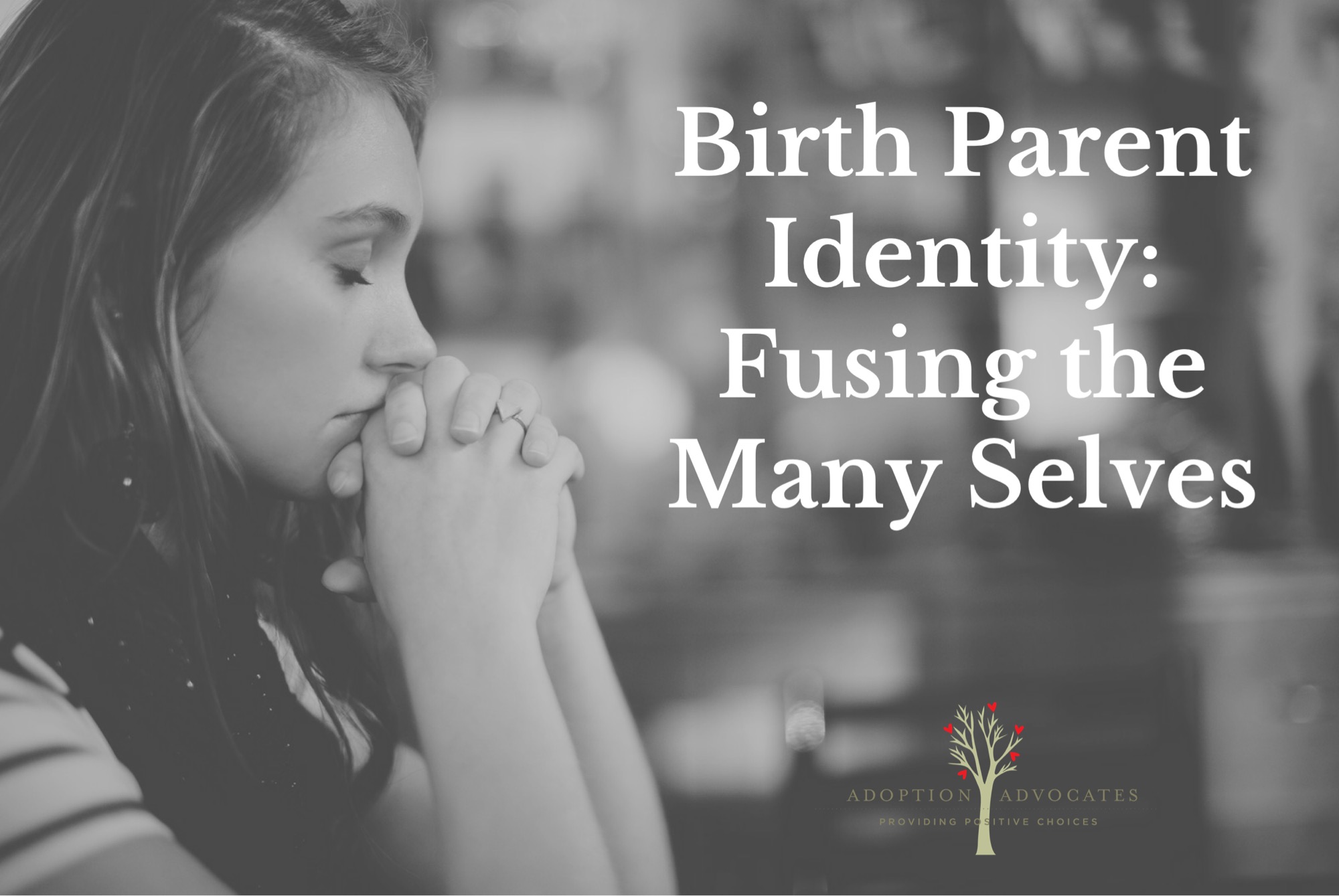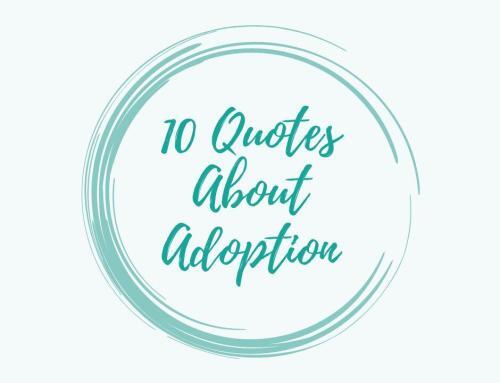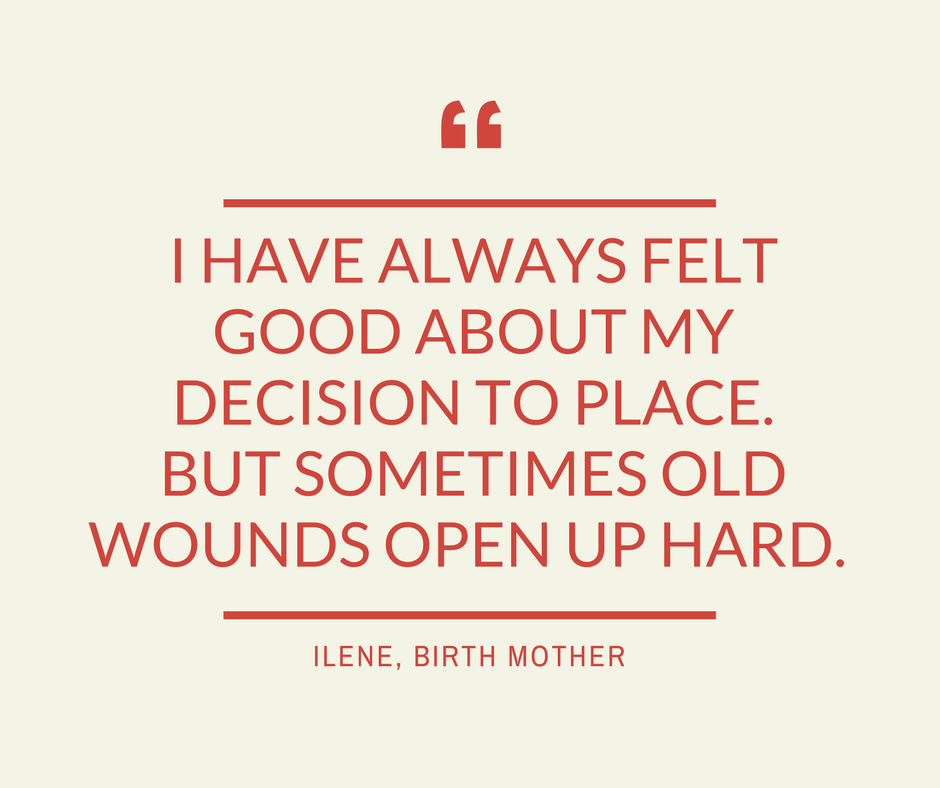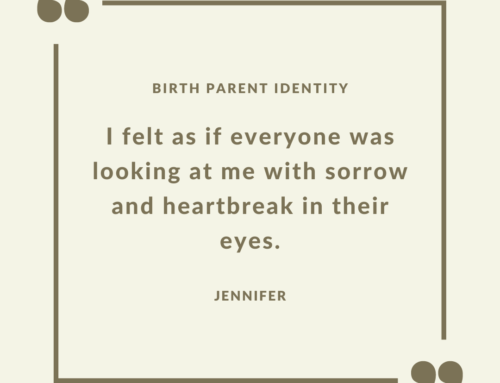How do you identify? Are you afraid of labels? Are you concerned about being boxed in by them, or do labels give you a sense of security or place in an otherwise chaotic world? Your answers to these questions probably vary significantly and are largely dependent upon your life experiences. Many of you may identify as sons, daughters, mothers, fathers, husbands, wives, sisters, brothers, etc. You may identify as an educator, a medical professional, a social worker, or an engineer. Some of the roles you play may have been inherent while others had to be attained. For instance, for a nurse it may have taken getting all the way through nursing school, passing the registered nurse’s exam, or being a year or two into their first job as a nurse before they really truly felt like a nurse. Perhaps they felt like a nurse after they took vitals on 100 people or after they trained a new hire for the first time.
For those of you who are parents, do you remember the moment you felt you became a parent? Was it hearing the heartbeat for the first time, or getting the call from your adoption agency that you had been chosen by a birth parent? Maybe it wasn’t until you heard your baby cry for the first time or when you fed them for the first time. For others it may not have happened until you survived your first high-stress situation as a parent or until your child survived his or her first month of life. Some of you are still waiting for that moment.
Usually when we talk about identity in the world of adoption, we’re talking about adoptees. I’m sure many of you have attended an educational meeting or read an article on how transracial and international adoptees struggle to identify. It makes sense to us that people who are raised outside of the culture into which they were born might struggle to identify themselves culturally and racially. Now I’m going to ask you to shift your thinking a bit.
The emotional bond between a mother and her baby begins during pregnancy, even for women experiencing an unplanned pregnancy. Becoming a mother is rarely instantaneous, but more often is a process. Throughout this process a woman redefines her self to herself and others. Maternal identity is formed when a woman sees herself in relation to this child; when she sees herself as this child’s source of food, their protector, and their comfort provider. For birth mothers, this process is incomplete. They are this child’s life giver, but are hesitant to identify as anything more. A common theme that seems to have surfaced for many birth parents after placement is the struggle to self-identify. The outside world is quick to cast birth mothers as caricatures they’ve seen presented in television and movies: the party girl, the addict, the irresponsible teenager, etc. These social stereotypes and myths attempt to define who a birth mother must be. Drowning out the opinions of others can prove difficult.
Before assuming that the typical birth mother is a unwed teenager who is pregnant for the first time, I encourage you to talk to birth mothers and read their stories because after nine years of working with birth mothers, I can tell you with certainty that there is no such thing as a typical birth mother. Each one is unique and has her own story and set of reasons for placing. That’s one of the reasons I love this work so much — every case is different, we’re always facing new challenges and utilizing creative problem solving, and this is an ever-evolving field so we’re always working to improve the way we do things based on the feedback we receive from the members of the adoption triad and recommendations of well-respected social workers and researchers.









